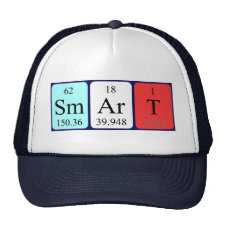
Authors: Lin CI, Joseph AK, Chang CK, Lee YD
Article Title: Molecularly imprinted polymeric film on semiconductor nanoparticles - Analyte detection by quantum dot photoluminescence.
Publication date: 2004
Journal: Journal of Chromatography A
Volume: 1027
Issue: (1-2)
Page numbers: 259-262.
DOI: 10.1016/j.chroma.2003.10.037
Abstract: Incorporation of semiconductor nanoparticles into molecularly imprinted polymer provides a sensor material which can be easily shaped and with better selectivity because the bound template would quench the photoluminescence (PL) emission of quantum dots significantly. In this work, artificial receptors of various templates were synthesized with functional monomers such as methacrylic acid (MAA), semiconductor like CdSe/ZnS core-shell derivatized with 4-vinylpyridine and ethylene glycol dimethacrylic acid as the cross-linker. The quenching of photoluminescence emissions is presumably due to the fluorescence resonance energy transfer between quantum dots and template molecules. The photoluminescence emission is unaffected upon incubation of analyte with the blank control polymer. (C) 2003 Elsevier B.V. All rights reserved



Join the Society for Molecular Imprinting

New items RSS feed
Sign-up for e-mail updates:
Choose between receiving an occasional newsletter or more frequent e-mail alerts.
Click here to go to the sign-up page.
Is your name elemental or peptidic? Enter your name and find out by clicking either of the buttons below!
Other products you may like:
 MIPdatabase
MIPdatabase









